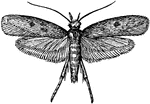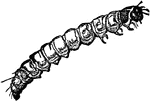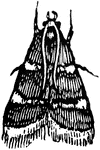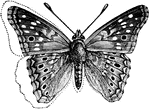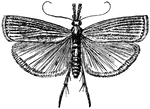
Carpet Moth
Cidaria, a genus of moths characterized by having oblique bands with acute angles across the front wings.

Cecropia Moth
This moth has large wings, measuring five to six inches from tip to tip. It is found all across the…

Cecropia Moth
"The Cecropia Moth, A. Cecropia, is of a dusky reddish-brown; the wings expand six inches,…

Cecropia Moth
The cecropia moth is one of the largest moths found in North America. It is a member of the Saturniidae…
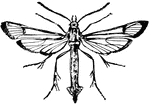
Clear-Winged Moth
"These are wasplike moths of brilliant colors and have transparent wings. They generally fly by day."…

Codling Moth
The codling moth, Carpocapsa pomonella species; a, apple cut to show borings of the larva; b, place…

Death's Head Moth
"The most remarkable species is the Death's Head Moth, Acherontia Atropos, a large kind,…

Death's Head Moth
"The Death's-head Moth is the European Acherontia Atropos, a hawk-moth with markings on the thorax resembling…

Death's Head Moth
A moth with markings on the back of its thorax very closely resembling a skull. Usually measures 4 to…
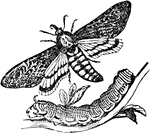
Death's Head Moth
"A species of Hawk-moth or lepidopterous insect of the family Sphingidae, not uncommon in some parts…
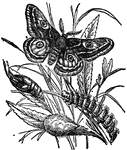
Emperor Moth
"The Emperor Moth, the general color greyish, with white hairs and purple tinges; wings with a hinder…

Fallweb Worm Moth
An illustration of a fallweb worm moth. Fall webworm, Hyphantria cunea, is a moth in the family Arctiidae…
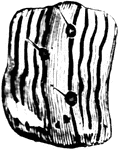
Eight-Spotted Forester
The adult Eight-Spotted Forester (Alypia octomaculata), a moth belonging to the Noctuidae family of…

Female Geometer Moth
The female Fidonia faxoni, an species from the Geometridae family of geometer moths.

European Grapevine Moth
The European Grapevine Moth (Lobesia botrana) is an insect in the Tortricidae family of tortrix moths.

Gypsy Moth
The gypsy moth, Lymantria dispar, is a moth in the family Lymantriidae of Eurasian origin. Originally…

Hawk Moth
The hawk moth is well known by its habit of poising like a humming bird over the flower from which it…

Hawk Moth
The hawk moth is well known by its habit of poising like a humming bird over the flower from which it…

Hawk Moth
The hawk moth is well known by its habit of poising like a humming bird over the flower from which it…
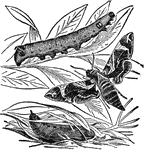
Hawk Moth
"Hawk Moth is a family of the lepidopterous insects, forming along with the clear winged moths and the…
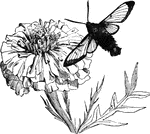
Hummingbird Moth
"A considerable number of insects belonging to Sphingina have transparents wings. Among them is the…

Imperial Moth
The Imperial Moth (Eacles imperialis) is an insect in the Saturniidae family of large and colorful moths.

Lackey Moth
The Lackey moth, Malacosoma neustria, is a member of the genus Malacosoma, common across southern Britain…

Lappet Moth
Gastropacha hildei is a species of lappet moth in the Lasiocampidae family of eggars, snout moths, and…

Larva of the Lime Hawk Moth (Smerinthus Tiliae)
"The larva is found on the lime and the elm. It buries itself at the foot of the tree on which it has…




